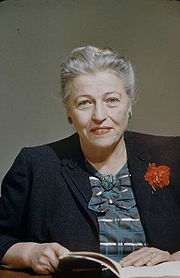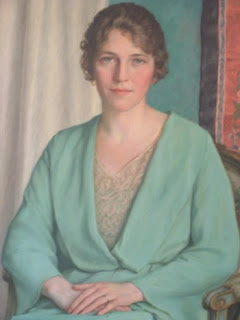Pearl S. Buck
A photo of Pearl S. Buck
Date & Place:
Not specified or unknown.


 Amanda S. Stevenson
Amanda S. Stevenson 

